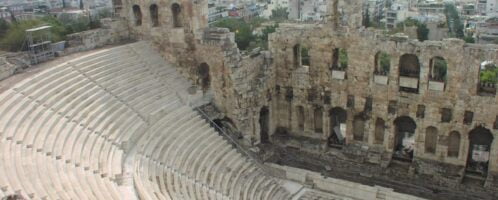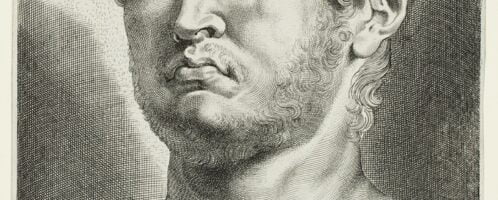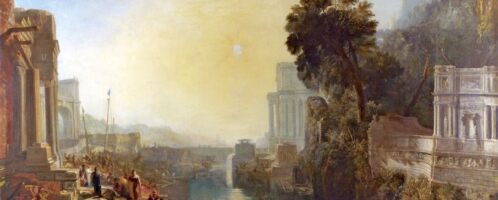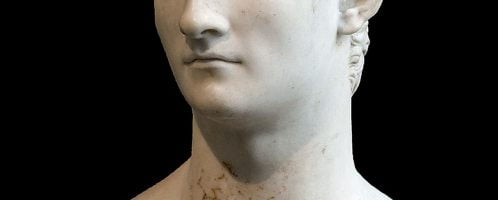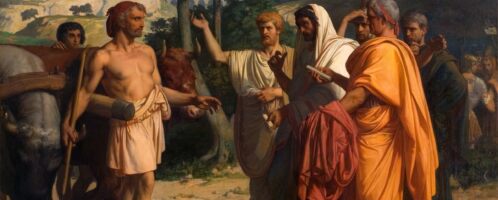If you have found a spelling error, please, notify us by selecting that text and pressing Ctrl+Enter.
Curiosities of ancient Rome
The world of ancient Romans abounded in a number of amazing curiosities and information. The source of knowledge about the life of the Romans are mainly works left to us by ancient writers or discoveries. The Romans left behind a lot of strange information and facts that are sometimes hard to believe.
Odeon of Herod Atticus
Between 160 and 174 CE the Odeon, i.e. a building intended for musical performances, was erected at the western end of the southern slope of the Acropolis. The sponsor of the construction was Herod Atticus, who wanted to commemorate the death of his wife Regilla in this way. It was the third building of this type in Athens, after Pericles (5th century BCE) and Agrippa (15 BCE). Odeon of Herod Atticus could accommodate about 5,000 spectators. For better acoustics, it was covered with a cedar ceiling.
Nero was famous for his love of luxury
Emperor Nero was famous for his licentiousness and love of luxury. One of his ideas was to commission the construction of the famous “Golden House” (the so-called Domus Aurea). This investment was met with huge objections and unpopularity from the Romans, mainly due to the high costs associated with, among others, the shocking splendour of the decor. Due to this state of affairs, the project was probably never completed.
Carthaginians in South America?
Roman sources say that during the Second Punic War, when the Romans besieged Carthage, part of the Carthaginian ships broke the sea blockade of the Romans and sailed towards the Pillars of Heracles. They were never seen again after that. Following them, the Romans sent seven ships of Scipio Aemilianus and the geographer Polybius.
Caligula’s dishonest bid
Caligula (reigned 37-41 CE) went down in history as one of the most unbalanced Roman emperors. During his rule, the emperor tried to obtain as much wealth as possible, including through auction.
Cincinnatus – role model
For hundreds of years in Rome and around the world, a model of civic virtue was one Lucius Quinctius Cincinnatus (“Curly”), also known as Cincinnatus. He was a patrician and Roman consul in 460 BCE. In 458 BCE he was proclaimed dictator of Rome by the Roman Senate during the war with the Aequi people. According to legend, the senate made the choice while Cincinnatus was ploughing the field.
Trilitons – large blocks of stone
The largest known worked blocks of stone were found near Baalbek (in Lebanon). It is about the so-called trilitons, i.e. three boulders from the vicinity of the sanctuary from the period of Roman rule in this area. They were supposed to weigh 800 tons each, although it is estimated that the largest weighed over 1,000 tons. They formed the basis for the Temple of Jupiter (the Great Temple), which was completed in the 1st century CE.


